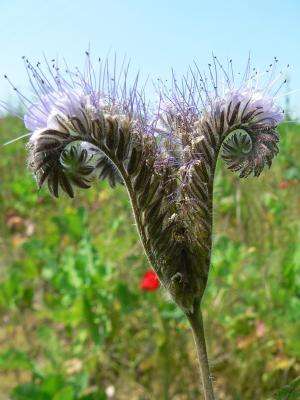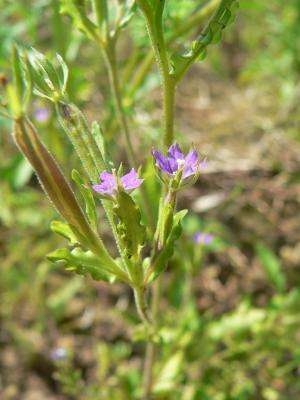Non-native plants are 'not a threat' to floral diversity

Non-native plants are commonly listed as invasive species, presuming that they cause harm to the environment at both global and regional scales. New research by scientists at the University of York has shown that non-native plants - commonly described as having negative ecological or human impacts - are not a threat to floral diversity in Britain.
Using repeat census field survey data for British plants from 1990 and 2007, Professor Chris Thomas and Dr Georgina Palmer from the Department of Biology at York analysed changes in the cover and diversity of native and non-native plants in Britain. Their study, available online in the journal Proceedings of the National Academy of Sciences, found that native plants are unlikely to be out-competed by communities of non-native species, and that most non-native species remain too localised to have national-scale impacts.
Co-author Dr Palmer said: "Our research has shown that non-native plants are less widespread than native species, and are not increasing any more than native plants. It therefore seems likely that factors other than plant invasions are the main causes of vegetation change."
The study found that locations with high diversity of non-native species also support high diversity of native species, suggesting that high diversities of native and non-native plant species are compatible with one another.
The authors recognise that some non-native species can overwhelm native plants in some places - however, the conclusion of the research is that any such local changes are insufficient to endanger biodiversity across Britain as a whole. It is also true that a few non-native species that do not threaten biodiversity can be a nuisance, such as Japanese Knotweed whose underground runners can damage buildings, but this is not because they are foreign; some native plants also cause trouble, such as when poisonous ragwort plants infest horse pastures.

Lead author, Professor Thomas, added: "Non-native species have supplemented, rather than excluded native species. Negative impacts of non-native plants on British biodiversity have therefore been exaggerated, and may also have been exaggerated in other parts of the world. We question whether it is appropriate that over three-quarters of taxa listed globally as invasive species are plants."
More information: "Non-native plants add to the British flora without negative consequences for native diversity" is published by Proceedings of the National Academy of Sciences. www.pnas.org/cgi/doi/10.1073/pnas.1423995112
Journal information: Proceedings of the National Academy of Sciences
Provided by University of York



















